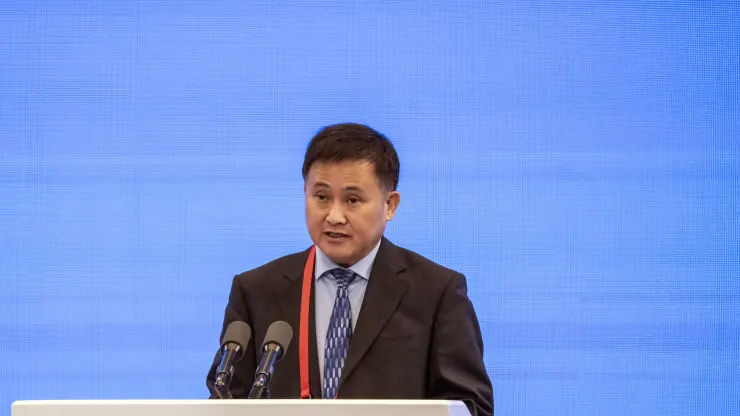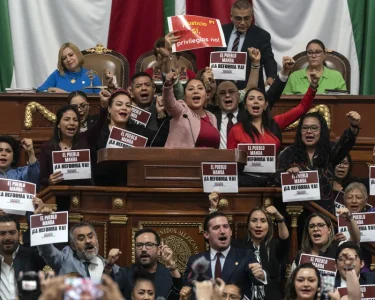Local government financing vehicles (LGFVs) emerged in China over the past two decades as a means for local authorities, who faced challenges in borrowing directly, to fund infrastructure and various other projects. These LGFVs primarily secured financing through shadow banking channels.
Due to the lack of regulatory oversight, many infrastructure projects received indiscriminate funding, often with limited financial returns, which increased the debt burden on LGFVs, ultimately falling on local governments.
Over the past year, coordinated efforts by local governments, financial institutions, and investors have “alleviated the most pressing repayment needs of the weakest LGFVs and improved market sentiment,” according to S&P Global Ratings analysts in a report released on July 25, marking one year since Beijing’s focused initiative to reduce LGFV risk.
However, the report noted that LGFV debt “remains a significant challenge.” The analysis revealed that over 1 trillion yuan ($140 billion) in LGFV bonds are set to mature in the coming quarters, while the growth of this debt continues at a high single-digit rate.
China’s slowing economic growth further exacerbates these debt challenges. The economy expanded by 5% in the first half of the year, sparking concerns among analysts that the country might struggle to achieve its full-year growth target of around 5% without additional stimulus measures.
On August 2, the International Monetary Fund (IMF) recommended in its regular review of China’s financial situation that macroeconomic policies should focus on supporting domestic demand to help mitigate debt risks.
The IMF report identified “small and medium-sized commercial and rural banks as the weak link in China’s large banking system,” highlighting that the country has nearly 4,000 such banks, which account for 25% of the total banking system’s assets.
Addressing the real estate sector
Pan stated on Thursday via state media that the number of high-risk small and medium-sized banks has been reduced to half of what it was at their peak, though he did not provide specific figures.
In the real estate sector, Pan highlighted that the mortgage down payment ratio in China has reached a record low of 15%, with interest rates also remaining low. He noted that central authorities are assisting local governments with financing to help them acquire properties and convert them into affordable housing or rental units.
The property and related sectors previously contributed to at least one-fourth of China’s economy. However, in recent years, Beijing has been working to transition the country away from its reliance on real estate for growth, focusing instead on advanced technology and manufacturing.
Pan’s remarks follow a week of increased volatility in the government bond market.
Earlier on Thursday, the People’s Bank of China (PBOC) took the uncommon step of delaying the rollover of its medium-term lending facility, opting instead for a 577.7 billion yuan capital injection through a different tool, the 7-day reverse repurchase agreement. Pan emphasized this 7-day tool in June when discussing the PBOC’s efforts to restructure its monetary policy framework.
The PBOC is set to announce its monthly loan prime rate on Tuesday morning, another key benchmark rate. In July, the central bank reduced both the 1-year and 5-year loan prime rates by 10 basis points each, following a period where the 1-year rate remained unchanged for 10 consecutive months, and the 5-year rate was steady for four months.
For more insights and the latest updates on global financial trends, don’t miss our Digital Digest—your go-to source for in-depth analysis and expert perspectives. Explore now.





